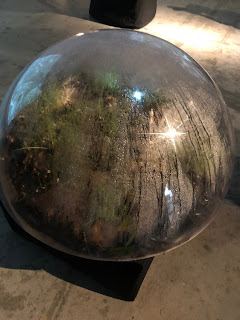Art and Nanotechnology

In many spaces of advancement of today’s world, science appears to be pushing the front farther and farther forward, changing many aspects of our lives. New technologies and information are developed on a daily basis that continually alter the human existence. Nanotechnology seems to be one of these areas. Richard Feyman, a renowned American physicist, first introduced the idea to science in a talk in 1959, titled “There’s Plenty of Room at the Bottom” (Gimzewski). Over the course of the following decades, scientists have developed this technology into many areas, including cancer detection, agricultural production, and gene therapy (Boyle). Nanotechnology Altering DNA What is interesting though is that it seems art may have begun experimenting in nanotechnology long before the scientists. Nanoparticles, defined particles on the size from one to 100 nanometers, have been used in art for centuries, only artists had not realized it. One example is the Lycarus Cup using nano-sized...


